| Plant Habit: | Herb/Forb |
| Life cycle: | Annual |
| Sun Requirements: | Full Sun Full Sun to Partial Shade Partial or Dappled Shade |
| Water Preferences: | Mesic Dry Mesic Dry |
| Plant Height: | can grow to 3 feet |
| Plant Spread: | 24 inches |
| Fruit: | Other: bur with hook spines |
| Flowers: | Inconspicuous |
| Flower Color: | Green Other: Green |
| Bloom Size: | Under 1" |
| Flower Time: | Late spring or early summer Summer |
| Uses: | Will Naturalize |
| Toxicity: | Leaves are poisonous Other: seedlings are the most toxic to animals |
| Propagation: Seeds: | Self fertile |
| Pollinators: | Various insects |
| Miscellaneous: | Tolerates poor soil |
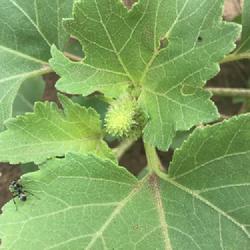
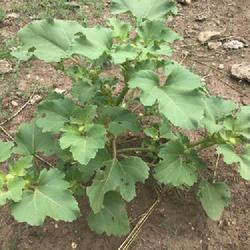
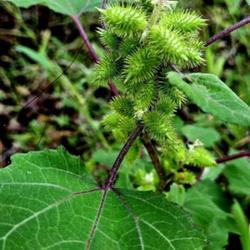
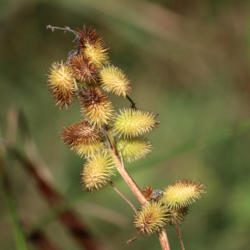
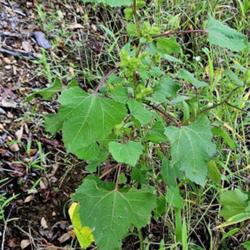
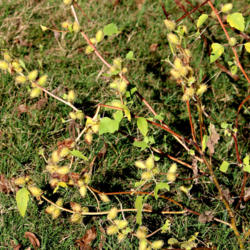

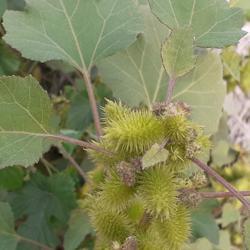
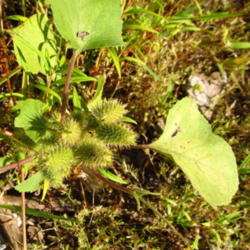

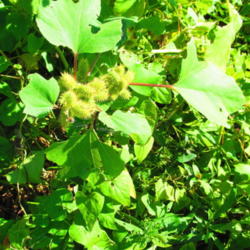

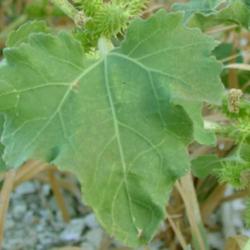
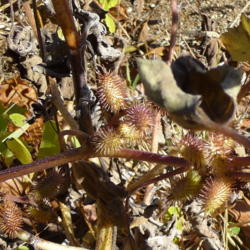
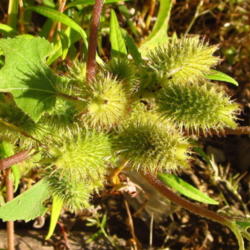


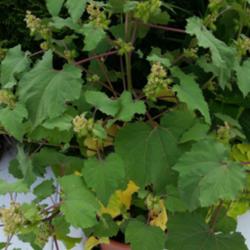

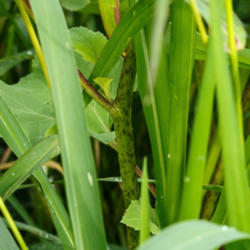
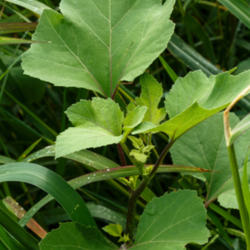

| WebTucker | On September 26, 2023 | Fruit Ripened |